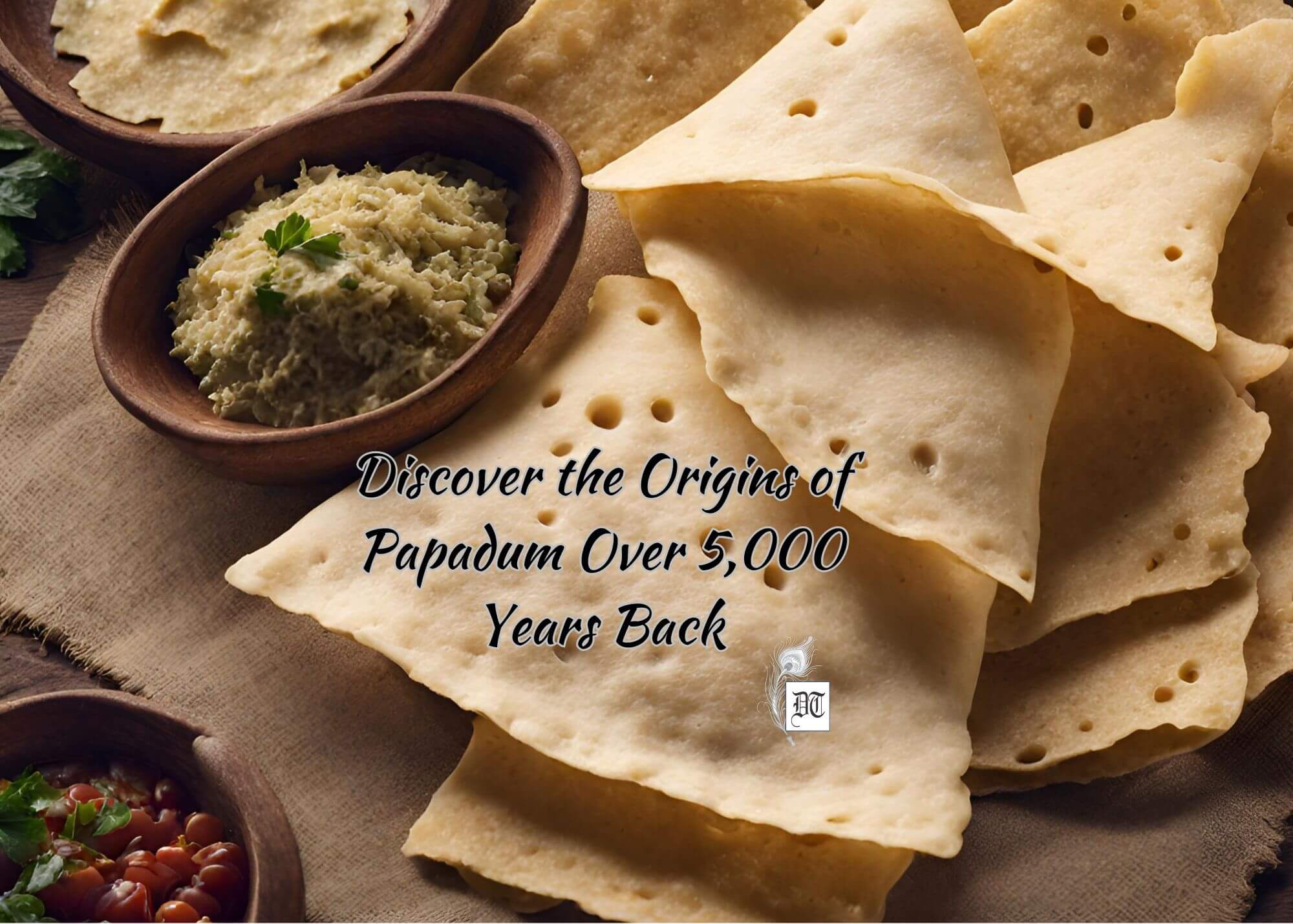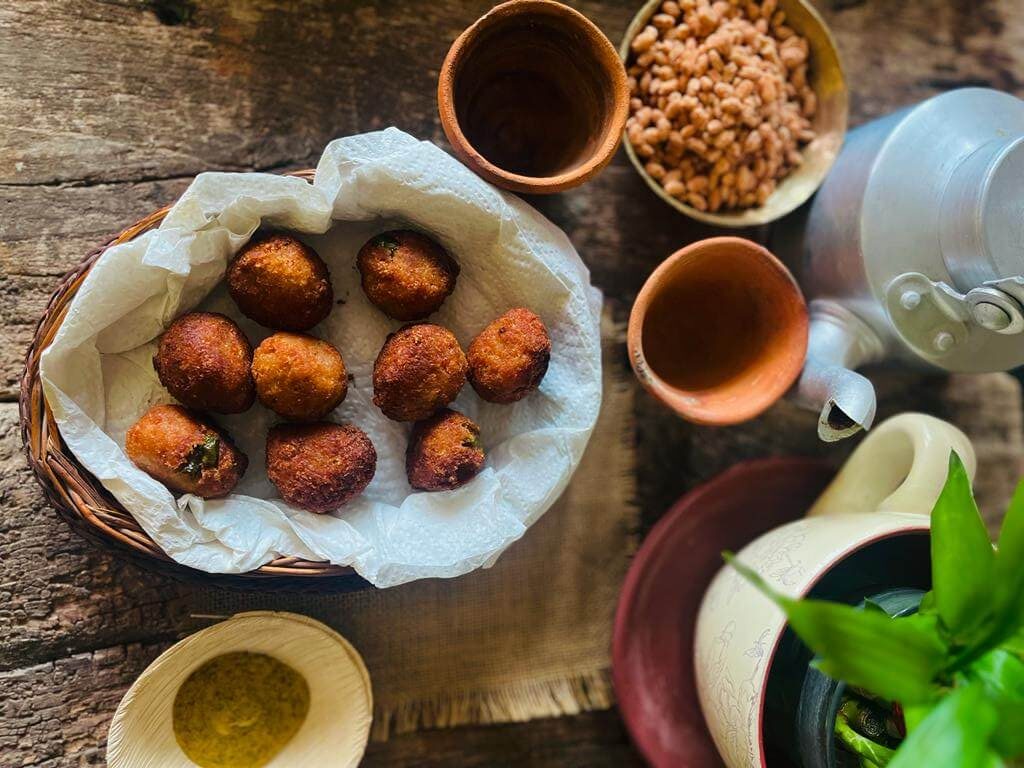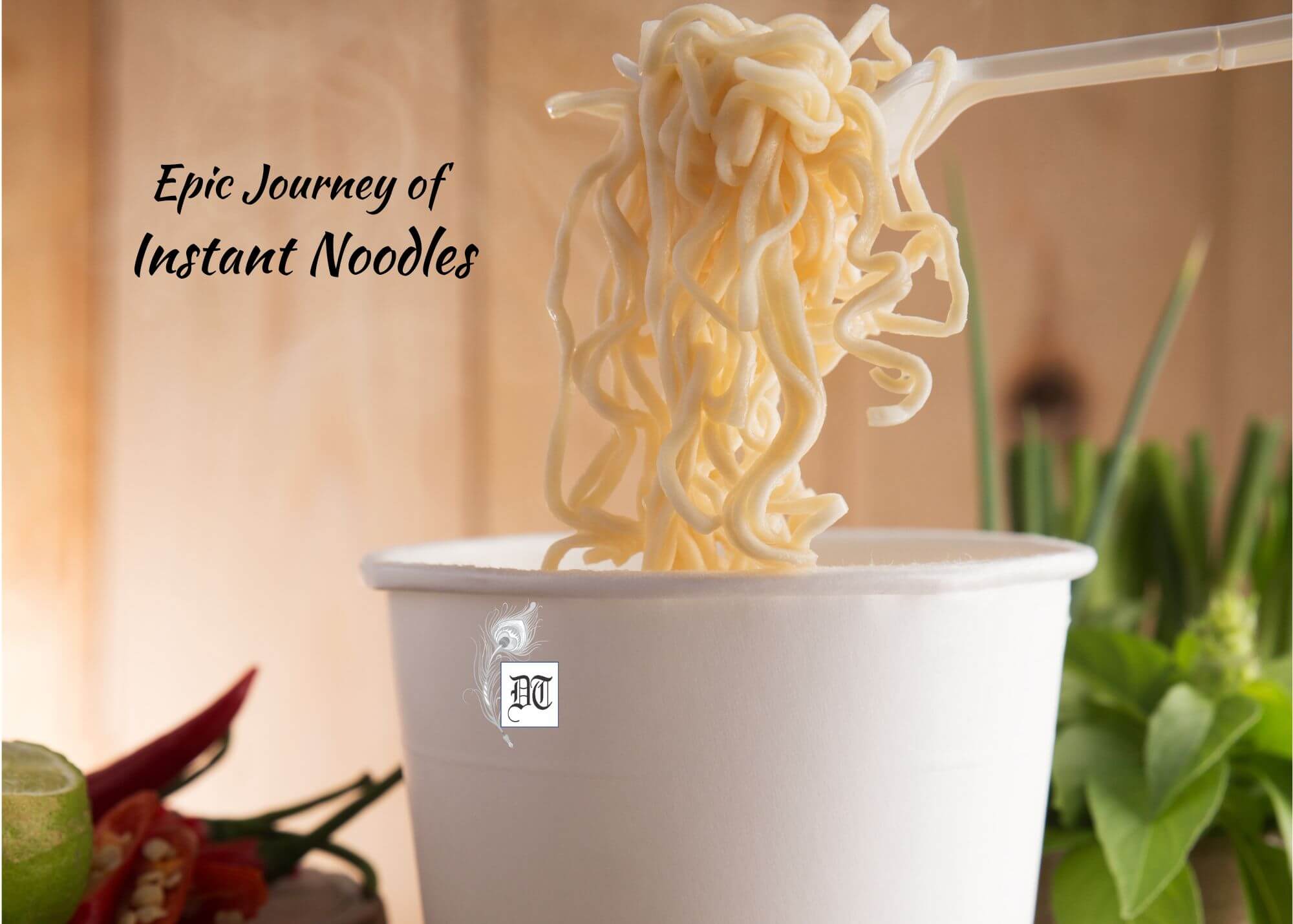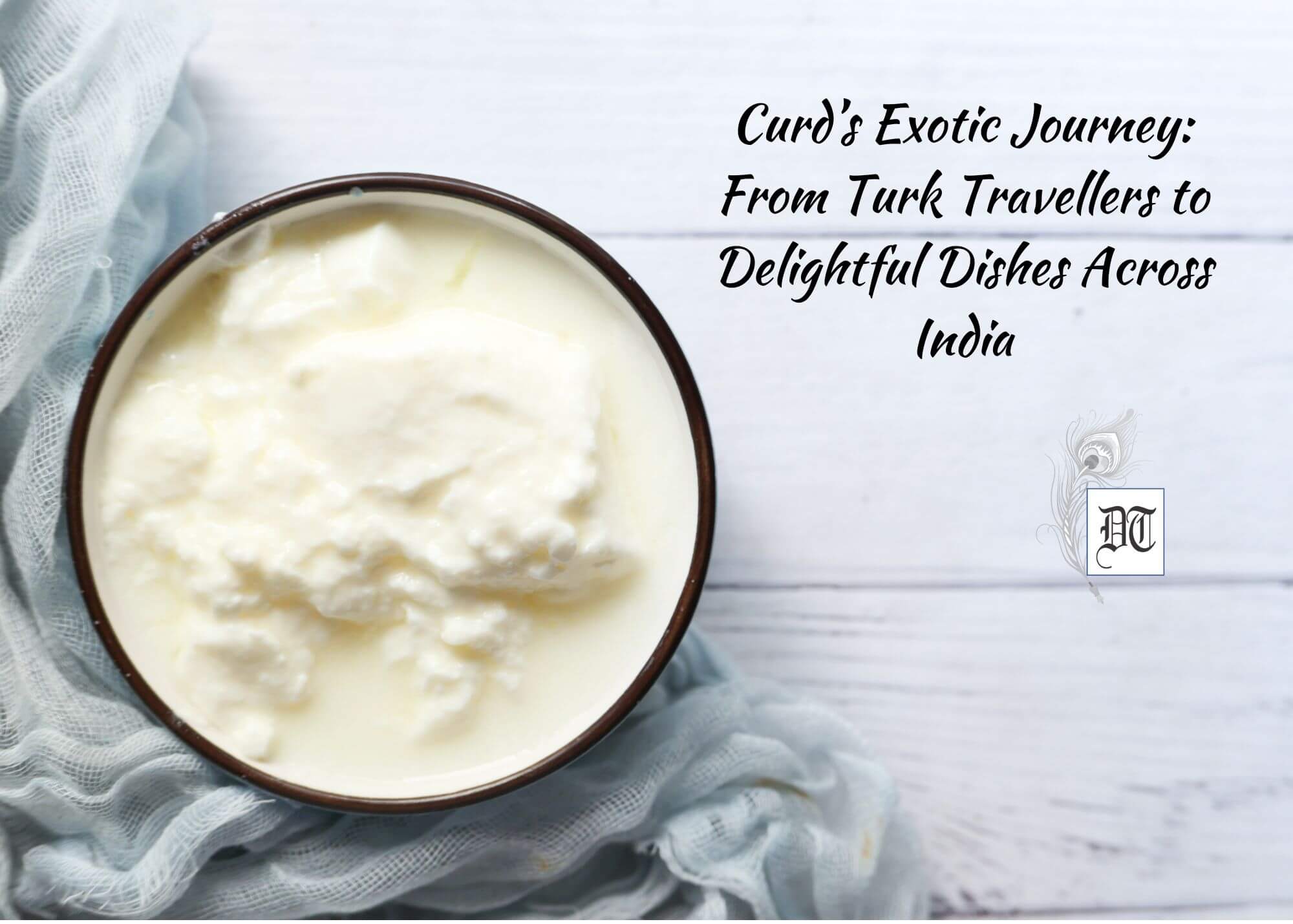The Portuguese arrived very late, in the 16th century in India, but the medicinal value of eating bitter at the start of the meal was laid down by the great sages and physicians of Ayurveda in ancient times. Susruta, Charaka, Dhanwantari were a few of them. Bengal was most probably the last bastion of the Ayurvedic way of eating. Lily debunks the Portuguese influence on Shukto, in the weekly column, exclusively in Different Truths.
How many of us knew that the land of Roshogullas, Sandesh, and Cham-cham also has a bitter dish which is also hugely popular? The afternoon meal in Bengal is considered incomplete without this dish, known as Shukto, a bitter-sweet medley of vegetables that has to feature at lunchtime in a Bengali household. Festivities in Bengal are also incomplete without it.
The vegetables used are bitter-gourd/neem leaves, sweet potato, raw banana/papaya, Bengal gram, French beans, and drumsticks. The dish is a lovingly prepared stew of stir-fry vegetables cooked in mustard oil, which has been spiced and tempered with Panch phoron (five spices), ginger paste and chilies. Shukto is a great accompaniment for rice, daal (lentil) and fish. Together they make for a hearty and typical Bengali lunch.
There is a general belief that this supposedly Bengali delicacy originated from Portugal. It is said that Portuguese cuisine had a great influence along the shores of Bengal. The Portuguese tweaked a dish similar to their own by using local ingredients like the bitter gourd. The story goes that the Portuguese used it to create a dish which worked as a mouth freshener combined with a couple of other vegetables. Well, the cultural impact of trade is evident in India’s cuisine.
Gradually, the Bengalis adapted it and made it their own by adding baris, milk and their favourite mustard oil and mustard seeds.
On the other hand, Pritha Sen a food researcher, begs to differ. She is skeptical of the possibilities of a Portuguese connection in the dish’s emergence. She elaborates by reminding us that the tradition of eating bitter food dates back to the ancient Ayurvedic dietary practices. The Portuguese arrived very late,  in the 16th century in India, but the medicinal value of eating bitter at the start of the meal was laid down by the great sages and physicians of Ayurveda in ancient times. Susruta, Charaka, Dhanwantari were a few of them. Bengal was most probably the last bastion of the Ayurvedic way of eating.
in the 16th century in India, but the medicinal value of eating bitter at the start of the meal was laid down by the great sages and physicians of Ayurveda in ancient times. Susruta, Charaka, Dhanwantari were a few of them. Bengal was most probably the last bastion of the Ayurvedic way of eating.
The shukto was cooling in the hot, humid climates of Kalinga, Banga, and Anga, the undivided ancient Bengal. This dish shook up the digestive juices, exciting them before a meal as a prerequisite to the actual meal. This custom finds mention in the Mangalkavyas, a corpus of narrative poetry in the medieval age. It can be read in the food habits of Chaitanya Mahaprabhu of the Bhakti movement. Well, this is long before the Portuguese landed in India.
In one Mangalkavya, Lord Shiva requests Goddess Annapurna, the deity of plenty to cook Shukto for him. It is hard to believe that aFiringhee (as the Portuguese were referred to) dish could be so quickly accepted by the Beng alis when the tomato is still squirming to find a place of definition in Bengali cuisine. There is more likelihood of the Portuguese accepting it as their own after inter-marrying the locals.
alis when the tomato is still squirming to find a place of definition in Bengali cuisine. There is more likelihood of the Portuguese accepting it as their own after inter-marrying the locals.
Dudh Shukto is a popular dish made with the addition of milk to alleviate the bitter taste and to help make it more palatable.
Pritha explains, “Shukto is not really the name of a single dish. It is essentially a style and method of cooking a starter which is a jewel in the crown of Bengali cuisine.
“The Portuguese dish is basically based on bitter gourd whereas Shukto is made w ith a plethora of bitter greens like neem, Karela, cucumber, jute, parwal, Shefali or night jasmine leaves. Also used are moringa and helencha-saag.”
ith a plethora of bitter greens like neem, Karela, cucumber, jute, parwal, Shefali or night jasmine leaves. Also used are moringa and helencha-saag.”
Vegetables used could be a green banana, teasel gourd, pointed gourd, banana stem, bamboo shoots and sweet potato. Some Shukto may be made with fish as well as the addition of turmeric.
It is up to the readers to decide whether the mouth-watering Bengali delicacy is a surprise, which has its origins in Portugal or not.
I will simply savour the complex flavours of Paanch phoron as they burst in my mouth. Nigella, fennel, caraway, cumin, aniseed along with mustard, whole dry chillies, finished off with a lot of ginger paste!
©Lily Swarn
Photos from the Internet
#Shukto #BenaliCuisine #InternationalConnectionFood #PaanchPhoron #BengaliFood #HistoryOfShukto #BengaliDelicacy #HistoryAndMystryOfFood #DifferentTruths





 By
By


Wow! WondeWond information. I’m a luso-indian and I’ve always thought why our ‘shukto’ is a lot different from what I had at my bengabe friends’ place. My mum in law cooks shukto in milk and the curry is jot essentially bitter, while the one my mum cooks is really, really bitter